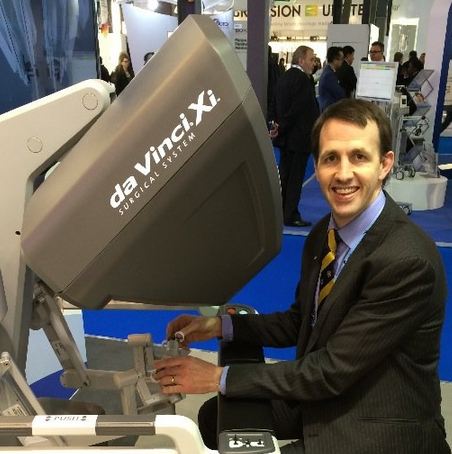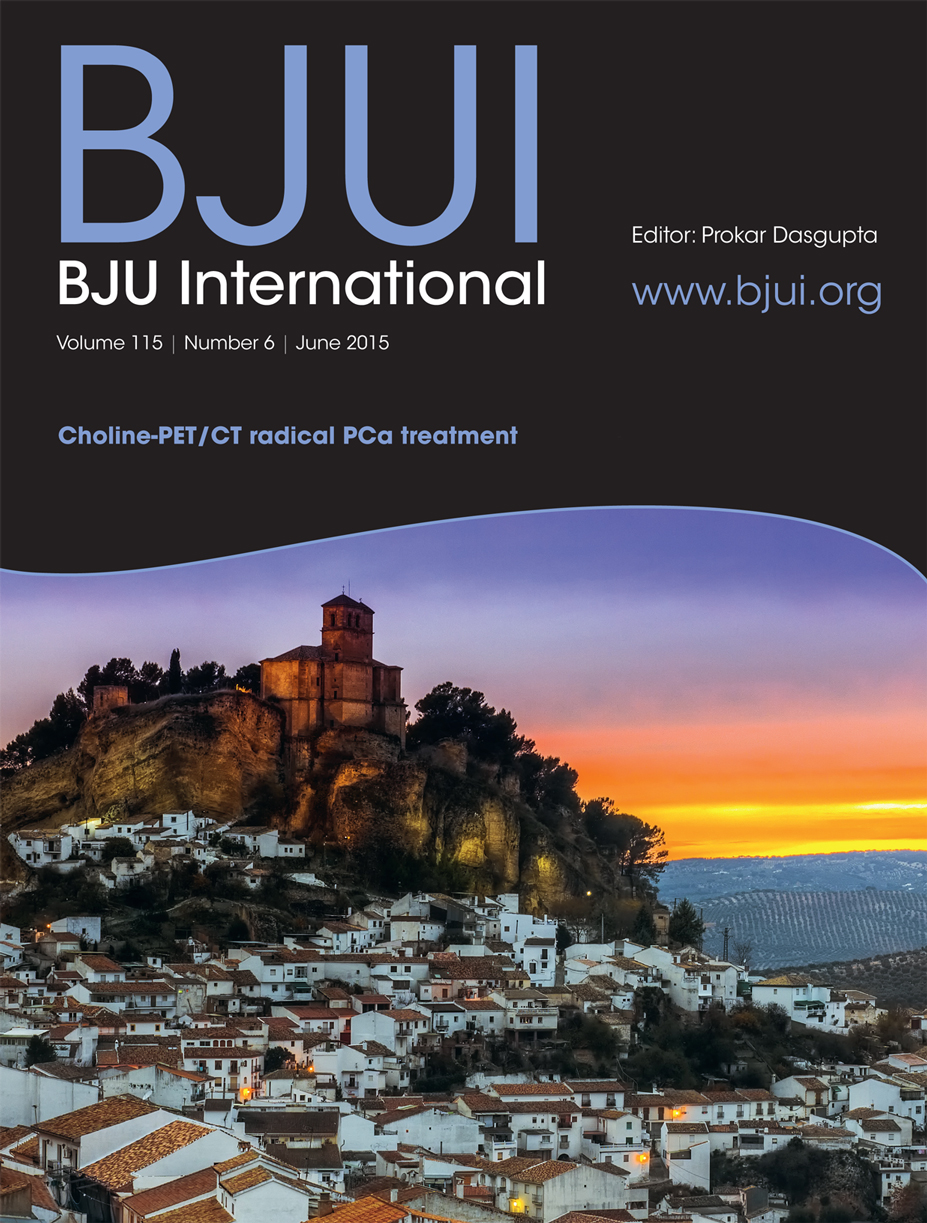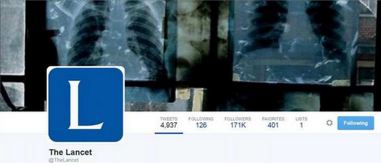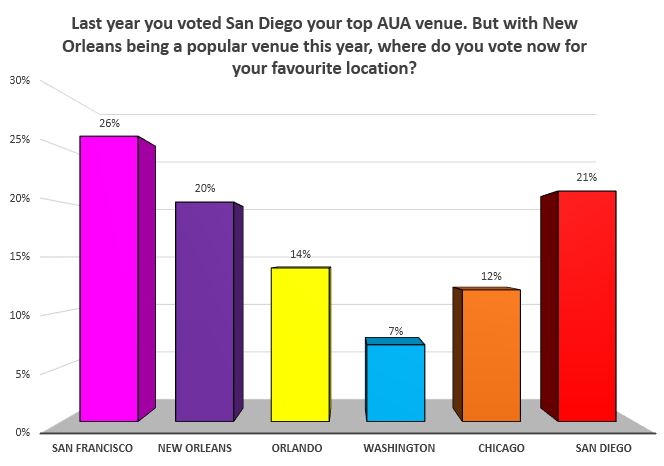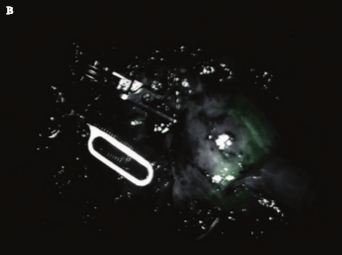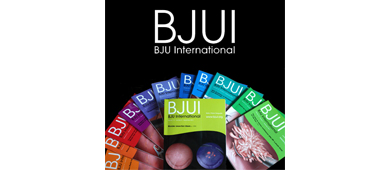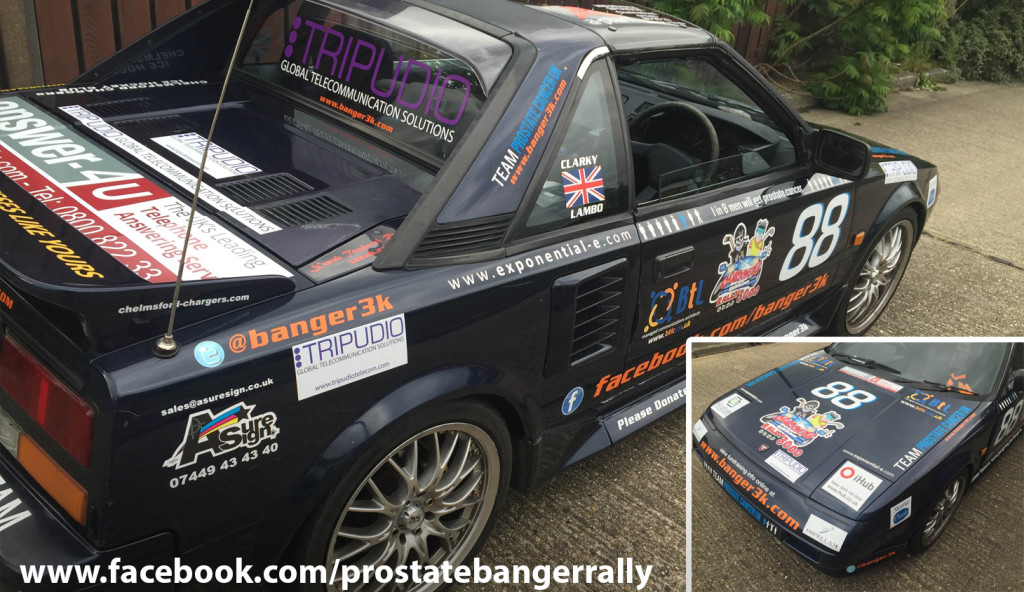Further Randomised Controlled Trials are needed….No! say something original.
“As we all know, prostate/kidney/bladder cancer is a common disease…” aaargh!!! Of course it is, that’s why you are writing about it and trying to get this piece of work into this journal and why everyone who reads it might be interested; because it is so important and common! If we all know it anyway why are you bothering to tell us this whilst wasting time and your word count and not getting on with presenting the actual research? Anyone who doesn’t know that prostate cancer is pretty common isn’t a doctor let alone a urologist. This is found more often than I can stand and got me thinking about all the other scientific catchphrases and tactics that serve more to irritate than inform.
As the BJUI associate editor for Innovation and one of the triage editors, I read around 600 BJUI submissions each year as part of my role. This is not to mention the additional manuscripts I formally review for this journal and others and there are certain phrases and statements that really just make my blood boil. Time and time again the same statements come up that are put into medical papers seemingly without any thought and which add nothing other than serving to irritate the editor, reviewer and reader.
The throwaway statement that “further randomised trials are needed” is often added to the end of limited observational and cohort studies, presumably by young researchers and almost never adds anything. Anyone who has ever been involved with a surgical RCT will know how challenging it is to set one up and run one, let alone recruit to one which is why so few exist and why so many have failed. Just saying more RCTs are needed without thought to why they haven’t already been carried out just frustrates the reader and shows a lack of true comprehension of the subject. Suggesting an valid alternative to an RCT however might actually get people thinking.
So what else is in the wastebucket of things that cause journal irritation? Well conclusions that have no basis in the results that have been shown; such as XXX is a safe and generally acceptable procedure after 3 cases, of which one had a 2 litre blood loss; or we advise everyone to switch to our technique on the basis of this uncontrolled retrospective cohort. Another is YY is the “Gold Standard” even though this is just opinion that is usually very outdated and this way of doing things was really only the standard approach 20 years ago!
Failure to acknowledge the study limitations is another area that particularly winds me up especially when the authors did a procedure one way 500 times then subsequently did it 50 times in a subtly different way and state that the second is better without mentioning that they might have learnt a fair bit from the previous huge number of cases!
So please let me know what irritates you in a paper so I can watch out for it and makes sure never to use it myself
Ben Challacombe
Associate Editor, BJUI

